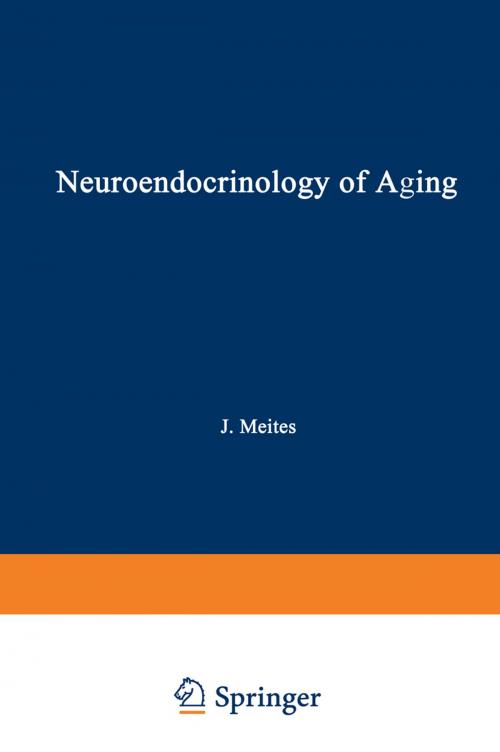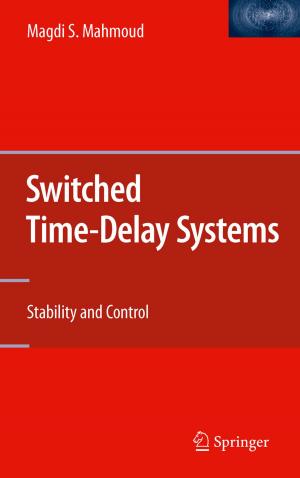Neuroendocrinology of Aging
Nonfiction, Health & Well Being, Medical, Specialties, Internal Medicine, Endocrinology & Metabolism| Author: | ISBN: | 9781468445237 | |
| Publisher: | Springer US | Publication: | December 6, 2012 |
| Imprint: | Springer | Language: | English |
| Author: | |
| ISBN: | 9781468445237 |
| Publisher: | Springer US |
| Publication: | December 6, 2012 |
| Imprint: | Springer |
| Language: | English |
JOSEPH MEITES The idea that the endocrine system is involved in aging processes is as old as the beginnings of endocrinology. The first endocrine experiment related to aging was reported by Brown-Sequard, who is usually re garded as the "father of endocrinology. " In 1889, at the age of 72 years, he reported that he had succeeded in rejuvenating himself by injections of testicular extracts from dogs and guinea pigs. Although the favorable effects observed may have been due mainly to the powers of auto suggestion, his reports created a considerable interest in endocrinology and its relation to aging, and eventually led to the use of estrogens for treating certain pre-and postmenopausal symptoms in women, and an drogens for treating some symptoms in aging men. Up to about the 1960's, the relatively few studies on endocrine-aging relationships dealt mainly with changes in weight and histological appearance of endocrine organs in aging animals and human subjects, and included a limited number of measurements of endocrine function by bioassays and chem ical (for steroids) procedures. Within these limitations, gerontological investigators were unable to establish any definite relationships between endocrine functions and aging processes, with the exception of the con nection between reproductive decline and gonadal and pituitary activity.
JOSEPH MEITES The idea that the endocrine system is involved in aging processes is as old as the beginnings of endocrinology. The first endocrine experiment related to aging was reported by Brown-Sequard, who is usually re garded as the "father of endocrinology. " In 1889, at the age of 72 years, he reported that he had succeeded in rejuvenating himself by injections of testicular extracts from dogs and guinea pigs. Although the favorable effects observed may have been due mainly to the powers of auto suggestion, his reports created a considerable interest in endocrinology and its relation to aging, and eventually led to the use of estrogens for treating certain pre-and postmenopausal symptoms in women, and an drogens for treating some symptoms in aging men. Up to about the 1960's, the relatively few studies on endocrine-aging relationships dealt mainly with changes in weight and histological appearance of endocrine organs in aging animals and human subjects, and included a limited number of measurements of endocrine function by bioassays and chem ical (for steroids) procedures. Within these limitations, gerontological investigators were unable to establish any definite relationships between endocrine functions and aging processes, with the exception of the con nection between reproductive decline and gonadal and pituitary activity.















